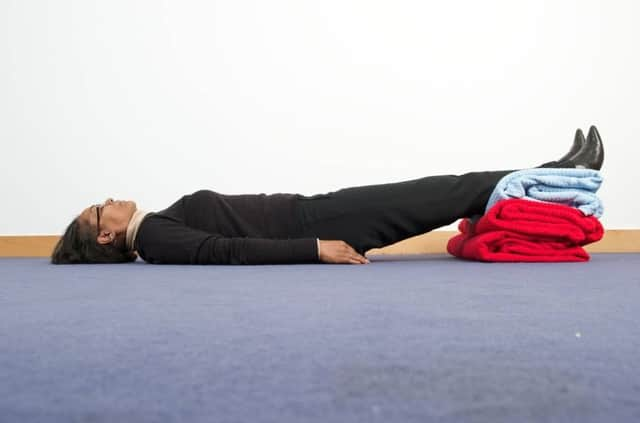FIRST AID: How to deal with fainting


A faint is a brief loss of consciousness caused by a temporary reduction of blood flow to the brain. Fainting can be a reaction to emotional stress, lack of food, pain or exhaustion.
A faint can also be caused by long periods of inactivity such as standing or sitting still, especially in a warm atmosphere.
Advertisement
Hide AdAdvertisement
Hide AdWhen a person faints, the pulse rate becomes very slow. However, the rate soon returns to normal and a casualty who has fainted usually makes a rapid and complete recovery.
Follow these simple steps to help someone who feels faint:
Advise the casualty to lie down and raise their legs to improve blood flow to the brain.
Watch the casualty’s face for signs of improvement.
Make sure that the casualty has plenty of fresh air, open a window if you are indoors and ask any bystanders to stand clear.
As the casualty recovers, reassure them and help them to sit up gradually.
Advertisement
Hide AdAdvertisement
Hide AdIf the casualty feels faint again, advise them to lie down again and raise their legs until they recover fully.
If the casualty does not regain consciousness quickly, open the airway and check breathing and call 999/112 for emergency.
For those looking for quick, easily accessible first aid information, the St John Ambulance app is available free on smartphones and the website (sja.org.uk) offers demo videos, an interactive game, and lots of free advice.
For more information about first aid courses, please call 0303 003 0101.